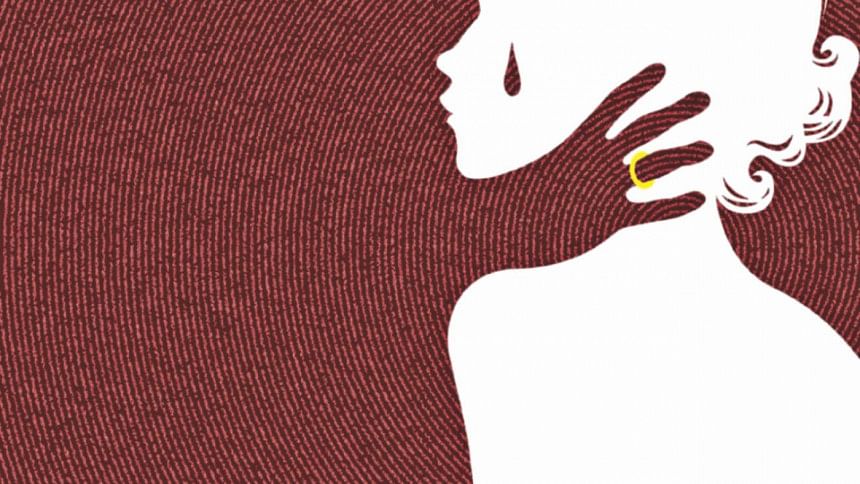Proving 'good character' in a rape trial

It is often the case that rape victims prefer to remain silent or "settle" the matter through informal village mediations, instead of resorting to the formal legal system. Together with the practical hurdles that a woman victim faces in accessing the courts, a significant reason for not taking legal steps is the widely known reality of rape trials which commonly allow in-depth and often irrelevant scrutiny of a rape victim's "character" and past sexual life, that too mostly in open sessions. Not only does this potential character assassination during a trial bar rape victims from accessing legal remedies, many a times it discourages them from proceeding any further with the case. As such the accused successfully escapes all consequences.
Since a rape victim who is seeking legal redress is usually received with utmost suspicion, the courts often emphasise on the "character" of the victim in order to assess her credibility. This is based on an assessment of her past sexual history or behaviour. The Evidence Act of 1872 allows for information, to show that the victim was of "immoral character", to be used as evidence to discredit the victim's testimony. Section 155 (4) of our Evidence Act provides that "when a man is prosecuted for rape or an attempt to ravish, it may be shown that the prosecutrix was of generally immoral character". Needless to say, this archaic provision is a law from the colonial era and unfortunately like many other colonial legacies, it still continues, thus giving legality to the deliberate process of humiliation and victim-blaming designed by the accused to evade criminal liability.
The admissibility of such "character evidence" is absolutely degrading for a victim of rape. Her moral character is irrelevant in deciding whether she had given consent to the sexual intercourse. Nevertheless, there are often cases where a victim's testimony is discredited in courts, even though there had been a non-consensual intercourse, on the premise that she is a "woman of easy virtue". Of course what makes a woman to be "of easy virtue" is again determined by the stereotypical ideas surrounding a rape victim which are mere manifestations of patriarchal social practices and customs, often relating "bad character" with lack of education, lack of "social status", and mostly with past sexual life of the victim. In addition to section 155, section 146 of the Evidence Act which deals with cross examination of a witness is also often used against victims of rape and other sexual offences. Section 146 provides that during cross examination, a witness may be asked any question which tend to "shake his credit, by injuring his character".
Harassment during trials through use of this defence weapon of "character evidence" is viewed to be one of the major reasons for low reporting of rape cases as well as the extremely low rate of conviction in rape prosecutions. Because of the presence of such a highly degrading provisions in the law, it is often said that a rape victim goes through a double trauma through the humiliation during trial.
In order to ensure a conducive environment for women who seek help from the criminal justice system, it is imperative that the past sexual history of the victim or any evidence regarding the "character" of the victim is made inadmissible in court. At the same time provisions should be incorporated which would bar the defence from adducing any evidence or putting any question during cross examination as to the general character or past sexual behaviour of a rape victim to infer her consent to the sexual intercourse. Such "rape shield" provisions have been incorporated in the laws of a number of other countries including India. The Criminal Law Amendment Act 2013 in India has added section 53A in the Indian Evidence Act, providing that in order to prove consent in a rape prosecution, the victim's character or previous sexual experience will not be relevant. Also, a proviso has been added to section 146 of the Act which bars admissibility of character evidence in order to ascertain consent in a rape case.
It is also important to make necessary changes in the Code of Criminal Procedure so that in camera trials or trials conducted in private can be made mandatory for cases of rape or other sexual offences. Such provisions would ensure privacy of the victim and of the prosecution witnesses and may have a positive impact in earning the confidence of a woman facing sexual violence to take resort of the court. Section 352 of the Code of Criminal Procedure (CRPC), which ensures an open court for trial of offences with public access during the trial procedure, may consider an exception to be added which would make an in camera trials for sexual offences mandatory. Section 327 of the Code of Criminal Procedure 1973 in India can be a learning example where a provision has been added making in camera trials of sexual offences mandatory. Although under section 352 of our CRPC as well as under section 9(6) of the Nari-o-Shishu Nirjatan Daman Ain, 2000, provisions have been made where the court may conduct trial in camera, such provisions are not mandatory and are subject to an application of a party or initiative of the court itself.
Most importantly however, our justice system should consciously acknowledge that rape has no logical link with the supposed "good" or "bad" character of the victim. It needs to move beyond the patriarchal colonial portrayals of a rape victim. A victim of rape in the witness box should be required to prove her testimony and not her character.
Taslima Yasmin is a legal researcher who teaches gender in law at the University of Dhaka. Email: [email protected]





Comments